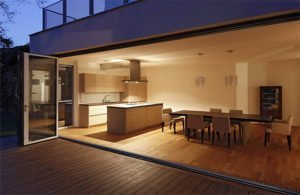
Inside Outside Wooden Flooring
This sounds like a great idea, but executing on it can bring many complications when it comes to the materials. It is common to see tongue and groove ceilings that run from inside to an outside soffit but the ceiling doesn’t take the same abuse as the floor. Let alone an exterior deck, which may be the harshest situation you can subject wood to. Popular interior wood flooring species won’t stand up to the abuse that exterior decking is subjected to, so compromises often have to be made with complementary materials. Likewise the most popular exterior decking species may not be well suited for interior use. Not all interior flooring species are ill suited to the great outdoors however, and one of the most popular species of late is Brazilian Cherry, which is the flooring industry’s marketing name for Jatoba, or Hymenaea courbaril. Jatoba floors are able to bridge the gap and make inside outside wooden flooring a reality for a truly blended design.
Jatoba Floors
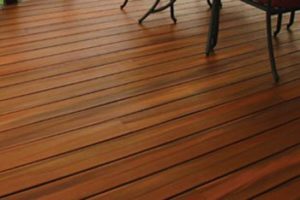
Jatoba and Brazilian Cherry are the same species. But when used as decking it is most often called Jatoba, while as an interior flooring it is Brazilian Cherry flooring. The later is more a commercial trade name. Regardless the species is very hard with a Janka hardness rating of 2820 that makes it great for standing up to foot traffic inside and out. The species is rot and insect resistant, like the best decking woods Ipe and Cumaru. The deep red coloring is reminiscent of Mahogany for a truly luxurious look, and while other tropical decks will weather to a gray color, Jatoba keeps its red coloring much longer to blend nicely with the interior floor. It helps that the Brazilian Cherry is already well respected and highly popular as interior flooring. The lower hardness, as compared to Ipe and Cumaru, makes Jatoba much easier to mill and install as well as less prone to drying defects when brought down to interior moisture ranges of 6-8%. On the converse, when dried to 12-15% for exterior use, the production time can be cut down and ideally reduce the costs. This plays out in the end as Jatoba decking can be as much as two thirds the cost of Ipe Decking.
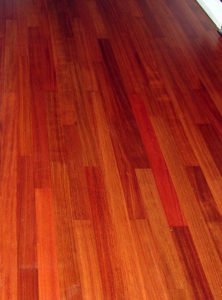
Brazilian Cherry Hardwood Floors
The difficulty lies in sourcing the Jatoba for decking. While Brazilian Cherry and Jatoba are exactly the same species, they are often sold under the two names because they denote different uses: Brazilian Cherry for interior flooring and Jatoba for outdoor decking and furniture. Moreover, Brazilian Cherry is hugely popular, so the largest demand on the sawmills and kilns is for interior flooring, making Jatoba for decking a rarer commodity. Add in to the mix, the rainy season shipping constraints, and suddenly, finding a consistent supply of Jatoba for that inside/outside blended design becomes tricky. For the past few decades, J. Gibson McIlvain has been buying a variety of woods from a very reliable supplier in Brazil. We have several loads inbound of Jatoba decking and should have a reliable source for it in the future. We also carry kiln dried (6-8%) rough sawn Jatoba for furniture and flooring customers, so ideally we can supply the Jatoba for both the outside and inside of your next project.

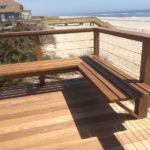
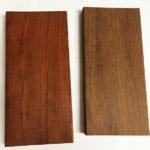
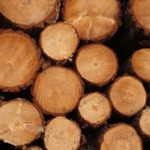
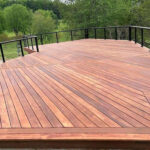
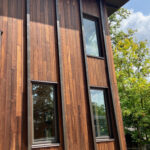
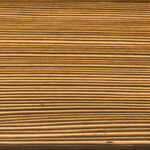


Leave a Reply